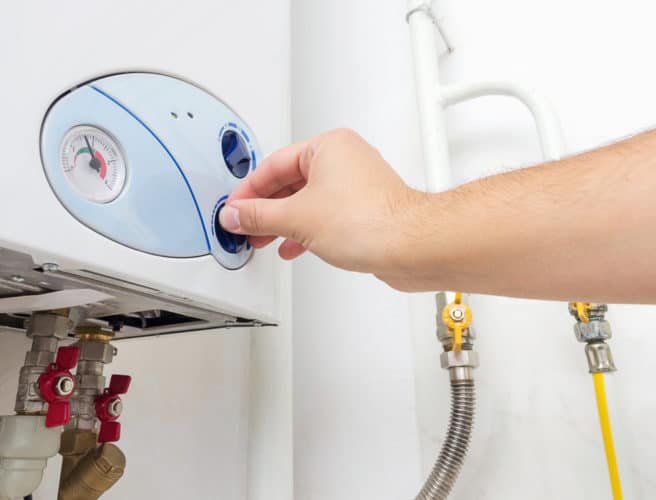It’s coming around to that time of year again when we dig out the winter wardrobe and start relying on the heat and hot water from our boiler even more. But, when low boiler pressure becomes an issue and your home just isn’t getting warm, what can you do?
Modern boilers can be extremely reliable and economical. However, it’s at this time of year, when boilers in the home are switched back on, that they might require a little extra TLC to keep them running smoothly.
Having a regular boiler service, for example, is a great way to keep your boiler healthy.
What causes low boiler pressure and how can you spot it?
One of the most common problems you might experience with your boiler over time is low pressure. When this happens, you might find that your radiators aren’t working as well and it’s harder to heat your home, but yet your energy bills cost more.
It’s not necessarily a serious problem, but one which is definitely worth sorting out ASAP, in order to get your boiler working to its full potential – especially with winter just around the corner – and you’ll be pleased to know that this can often be done without the need to call out a Gas Safe heating engineer.
It’s easy to spot when your boiler pressure has dropped too low, by looking at the circular pressure gauge which is normally located on the control panel of the boiler istelf.
You’ll see there are green and red zones marked on it – the green zone being where the needle should be and the red zone indicates when the boiler pressure is too high.
When the needle has dropped below the green zone, this is an indicator that your boiler pressure is too low.
The most common reason for boiler pressure being too low is a leak in the system or a drop in pressure after you have bled your radiators.
Low boiler pressure? Here’s what to do
The easiest way to fix low boiler pressure is to re-pressurise the system, but always check your boiler user guide before you do. The steps to re-pressurising your boiler, when you’ve spotted low boiler pressure are as follows:
- Find the filling loop below the boiler (a silver flexi pipe that often has one or two black taps on it).
- Make sure your boiler is off.
- While being able to see the pressure gauge, turn the black taps on the filling loop at a right angle, so they are pointing in the same direction as the pipe.
- You’ll hear the water start to flow, so keep an eye on your pressure gauge going up.
- Once the pressure gauge is back in the green and has reached around one bar, you can close the black taps again, by returning them to their original position.
- Then turn your boiler back on and check that your pressure remains steady.
If your boiler continues to lose pressure, even after you’ve re-pressurised it, then this could be because something more serious is wrong, such as a leak in the system, one which you might not be able to spot, because it’s behind a wall or under floorboards. Other issues might include a faulty part, blockage, or air lock in the system.
At this point you should always call out a Gas Safe registered heating engineer to fix your boiler pressure problem. If you find you are constantly losing boiler pressure, or have any other issues with your boiler, then give a member of our team a call or get in touch via our online contact form and have your boiler comfortably heating your home in time for the colder months.

